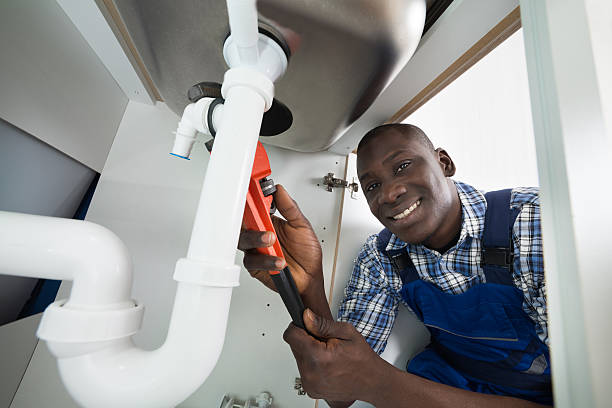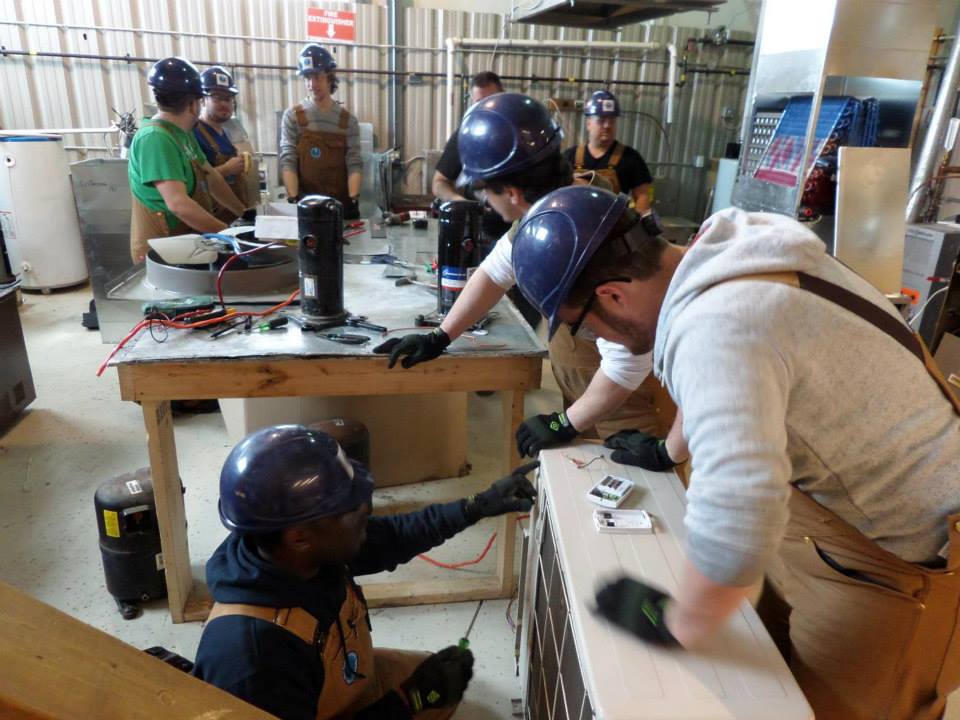Budget-friendly Plumbing Services Alabaster AL for each Budget
Budget-friendly Plumbing Services Alabaster AL for each Budget
Blog Article
A Step-by-Step Guide to Reliable Hot Water Heater Installation for Ideal Performance
Getting started on the task of installing a hot water heater is an endeavor that demands precision and an organized technique for achieving optimum performance. The process begins with the vital choice of choosing the suitable heating system customized to the details demands of your household, thinking about aspects such as size, power, and kind resource. Once selected, preparing the setup area to satisfy safety standards is vital. Nevertheless, the journey does not finish here. As you proceed, the intricacies of attaching water supply lines and establishing dependable electric or gas connections wait for, encouraging insights right into ensuring effectiveness and dependability.
Choosing the Right Hot Water Heater

Next, think about the size and capability of the water heater. It's vital to evaluate your house's warm water requirements, which can vary based on the number of owners and their usage patterns. A system that's too little may lead to insufficient hot water, while an oversized design may result in unnecessary energy intake.
Efficiency ratings likewise play a critical role in selection. Seek water heating systems with high Energy Element (EF) ratings, showing remarkable performance and minimized power use. Tankless models, though usually much more costly in advance, offer considerable power financial savings over time due to their on-demand home heating abilities.
Preparing the Setup Area
Before setting up a new water heater, meticulous prep work of the installation location is essential. It's vital to gauge the room meticulously to suit the water heating unit's measurements, guaranteeing ample clearance around the device for efficient procedure and maintenance.
Check the flooring for stability, as the water heater will require a strong, degree surface area to run efficiently. If needed, mount a drip pan beneath the unit to catch potential leakages or spills, stopping water damage to the surrounding location.
Additionally, ensure that all needed tools and products get on hand before beginning the installment. This consists of items such as wrenches, screwdrivers, a degree, and any kind of additional hardware needed for safeguarding the heater and mounting. A well-prepared setup location sets the structure for a successful hot water heater arrangement, optimizing performance and safety and security.
Connecting Water System Lines
When connecting supply of water lines to your newly installed hot water heater, it is critical to guarantee that all connections are leak-free and safe and secure to preserve efficient operation and protect against water damages. Begin by identifying the chilly and hot water lines. The chilly water inlet is normally marked with a blue tag or a "C", while the warm water outlet is noted with a red label or an "H".
Use adaptable hot water heater ports to promote an easier installation process. These adapters can take in vibration and enable for small activity, reducing the risk of leaks. Prior to affixing the connectors, position a plumbing technician's tape around the threaded ends of the hot water heater's inlet and outlet pipes - Plumber Alabaster AL. This tape serves as a sealant, avoiding leaks. Very carefully connect the flexible hose pipes to the particular inlet and electrical outlet, making sure that they are limited yet not over-tightened, which can damage the threads.
When links are in place, slowly activate the major water system shutoff. Inspect each link for leaks by visually inspecting and really feeling for dampness. Tighten connections as necessary, and guarantee the stress safety valve is correctly mounted, protecting against too much pressure build-up.
Establishing Electric or Gas Connections
Correctly establishing the electrical or gas connections for your water heating unit is an essential step to make certain risk-free and efficient procedure. For electric water heating systems, begin by validating that the electrical circuit works with the heating unit's voltage and amperage needs. Make certain the power supply is shut off at the circuit breaker to avoid crashes. Connect the electric wires to the heating unit adhering to the supplier's electrical wiring representation. Usually, this includes attaching the ground cord to the environment-friendly terminal, and the remaining cables to their matching terminals, protecting each with cord nuts.
For gas webpage water heating units, security is vital. Connect the gas line to the water heating unit using an adaptable site gas port, guaranteeing it is correctly threaded and secured with pipe joint compound or Teflon tape suitable for gas links.
As soon as connections are made, evaluate for any kind of potential leaks. For gas lines, use a soapy water solution to the joints; bubbles suggest a leak. For electric links, verify that all circuitry is secure and appropriately protected, preserving compliance with local electrical codes.
Testing and Changing for Performance
With the electric and gas links safely in area, the next action is reviewing the operational effectiveness of your water heater. Begin by meticulously turning on the water supply and making sure there are no leakages at any of the valves or joints.
Next, perform a detailed examination to guarantee the home heating components or burner are working correctly. For electrical heating units, utilize a multimeter to verify if the aspects are drawing the proper current. In gas models, observe the burner flame; it must be blue and steady, showing reliable combustion.
Change the setups as required to get rid of inadequacies. Consider implementing insulation procedures, such as adding a hot water heater imp source covering, to even more enhance efficiency by minimizing warmth loss. Furthermore, examine the anode pole's problem, as a worn-out rod can minimize efficiency and cause storage tank deterioration.
Final Thought
Effective water heating system setup is essential for making certain ideal efficiency and power savings. By picking the appropriate kind and dimension, and thoroughly preparing the installment location, a structure for success is established. Firmly connecting water system lines and thoroughly establishing electrical or gas connections reduce potential concerns. Complete testing for leaks and precise thermostat adjustments to 120 ° F enhance dependability and efficiency. Adhering to these steps promotes lasting capability and power conservation in property water heating unit.

Effectively establishing up the electric or gas connections for your water heater is an important action to guarantee secure and reliable operation. For electric water heaters, begin by verifying that the electrical circuit is compatible with the heater's voltage and amperage demands. Link the gas line to the water heating unit utilizing an adaptable gas port, guaranteeing it is properly threaded and secured with pipe joint substance or Teflon tape suitable for gas links.
Report this page